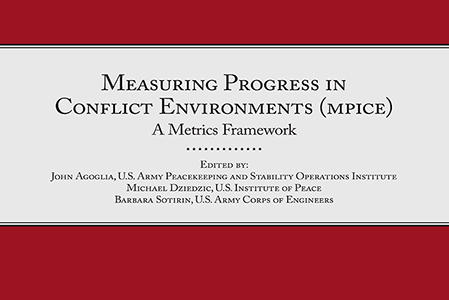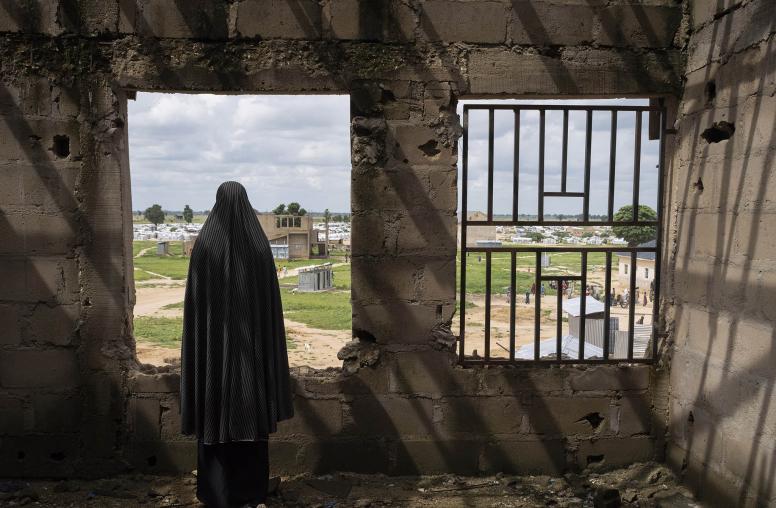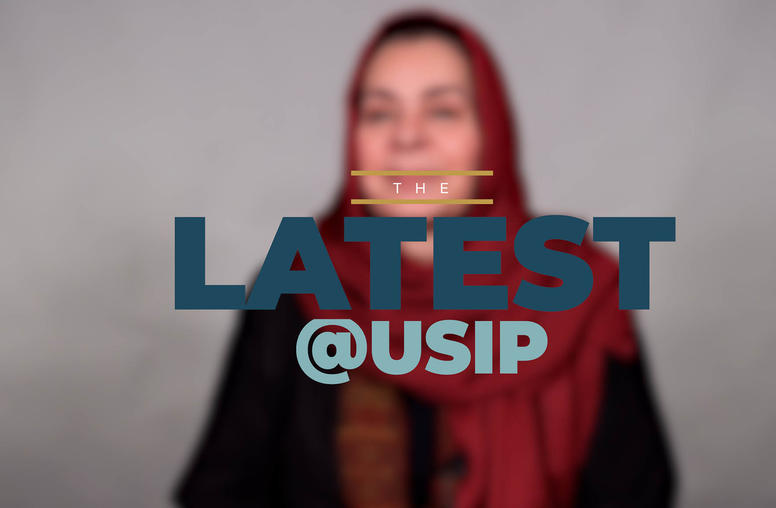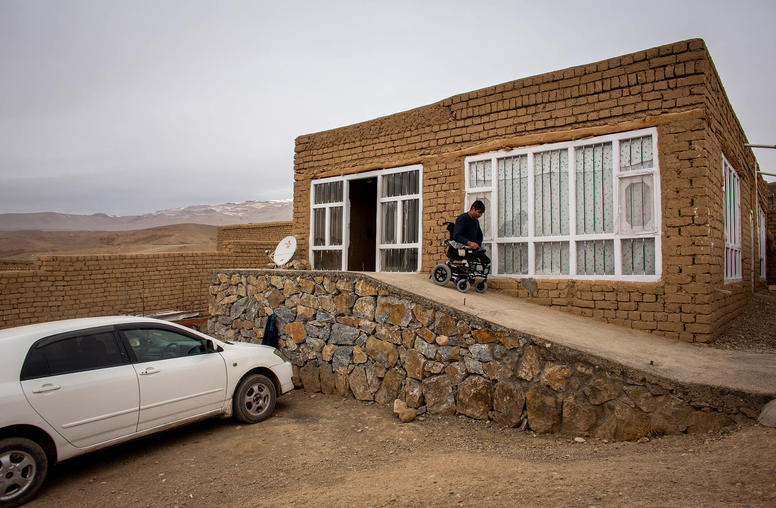Measuring Progress in Conflict Environments (MPICE)
The primary objective of the Measuring Progress in Conflict Environments (MPICE, pronounced M-Peace) project is to provide a comprehensive capability for measuring progress during stabilization and reconstruction operations for subsequent integrated interagency and intergovernmental use. MPICE enables policymakers to establish a baseline before intervention and track progress toward stability and, ultimately, self-sustaining peace. The intention is to contribute to establishing realistic goals, focusing government efforts strategically, integrating interagency activities, and enhancing the prospects for attaining an enduring peace. This metrics framework supports strategic and operational planning cycles.

Measuring Progress in Conflict Environments (MPICE): A Metrics Framework is a hierarchical metrics system of outcome-based goals, indicators, and measures that offers a comprehensive framework for measuring progress during stabilization and reconstruction operations. A vital tool that can be used in conjunction with the groundbreaking Guiding Principles for Stabilization and Reconstruction, this manual provides the basis for baseline operation and strategic-level assessment, allowing policymakers to diagnose potential obstacles to stabilization prior to an intervention.
Intended for integrated interagency and intergovernmental use, these metrics can help identify potential sources of continuing conflict and instability and gauge the capacity of indigenous institutions to overcome them.
This guide assists policymakers, analysts, planners, and program and project implementers in conflict areas around the world in establishing realistic goals, providing adequate resources and authorities, focusing their efforts strategically, and enhancing prospects for attaining an enduring peace.
MPICE was developed through a collaborative effort led by the U.S. Army Corps of Engineers (USACE), the U.S. Institute of Peace, and the U.S. Army Peacekeeping and Stability Operations Institute (PKSOI).
Edited By: John Agoglia, U.S. Army Peacekeeping and Stability Operations Institute • Michael Dziedzic, U.S. Institute of Peace • Barbara Sotirin, U.S. Army Corps of Engineers



